Fujifilm is one of the best-known camera manufacturers on the market, and for good reason. Renowned for its compact sizes and the ability to capture beautiful colors, its products are ideal for those looking to upgrade their beginner camera.
With that being said, understanding how Fujifilm cameras work is challenging if you're switching from another brand. Fortunately, learning the differences isn't too daunting.
Here are some of the most important things to keep in mind when you buy a Fujifilm camera for the first time.
1. Simulation Modes
On Fujifilm cameras, you can use simulations to change the look and feel of your photos without editing software. These include:
- Monochrome
- Classic Chrome
- PROVIA/Standard
- ASTIA/Soft
- Velvia/Vivid
Film simulations are available on X-models, such as the XT-30 and X100F.
Each of these will change how the JPEG version of your photo looks in the camera. If you later import your photos into editing software, you should remember that these are not automatically transferred to RAW images.
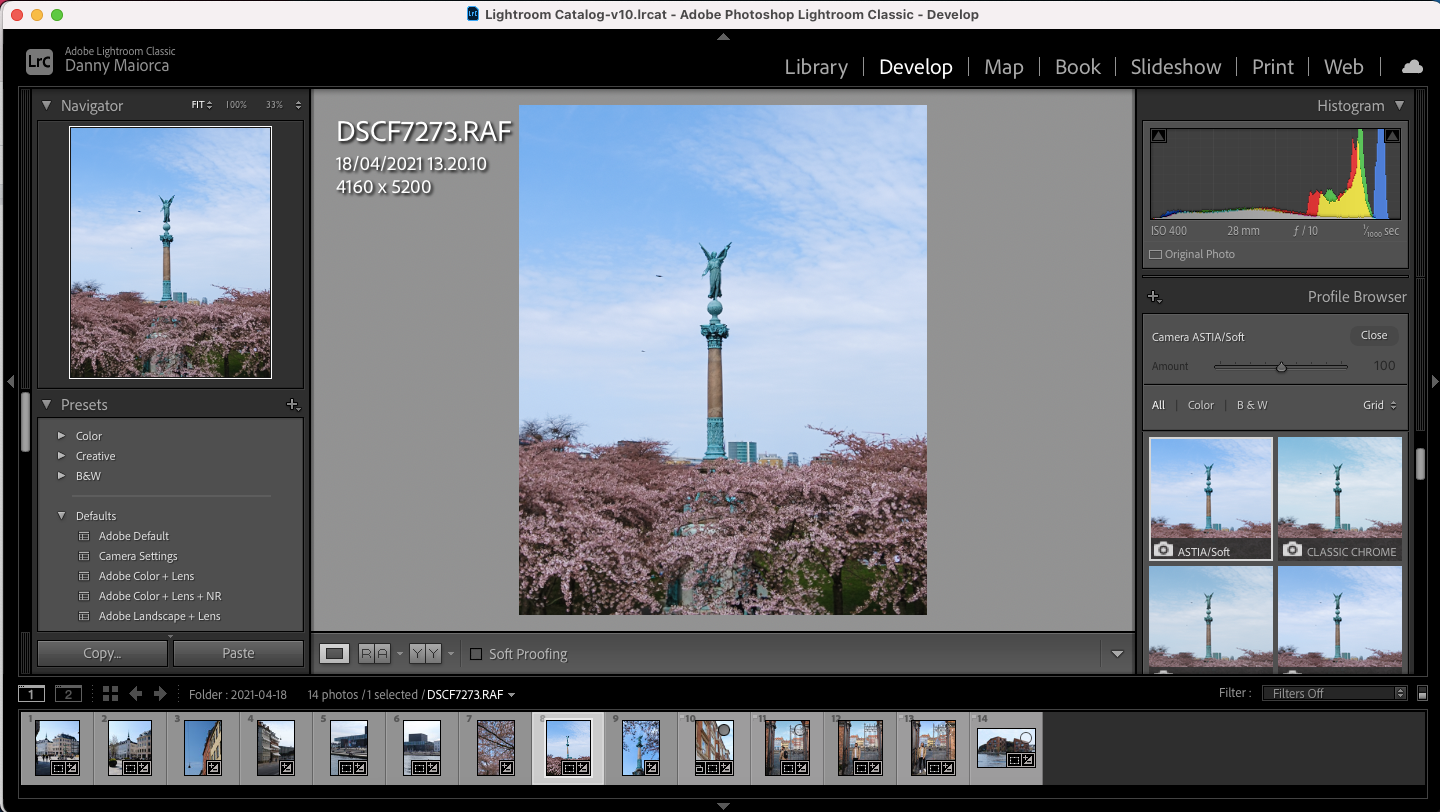
If you want to add these filters to RAW pictures, you can use a platform like Adobe Lightroom. Once you go to Develop > Profile > Browse, you'll see a list including each of them.
2. Remember to Download the Fujifilm Camera Remote App
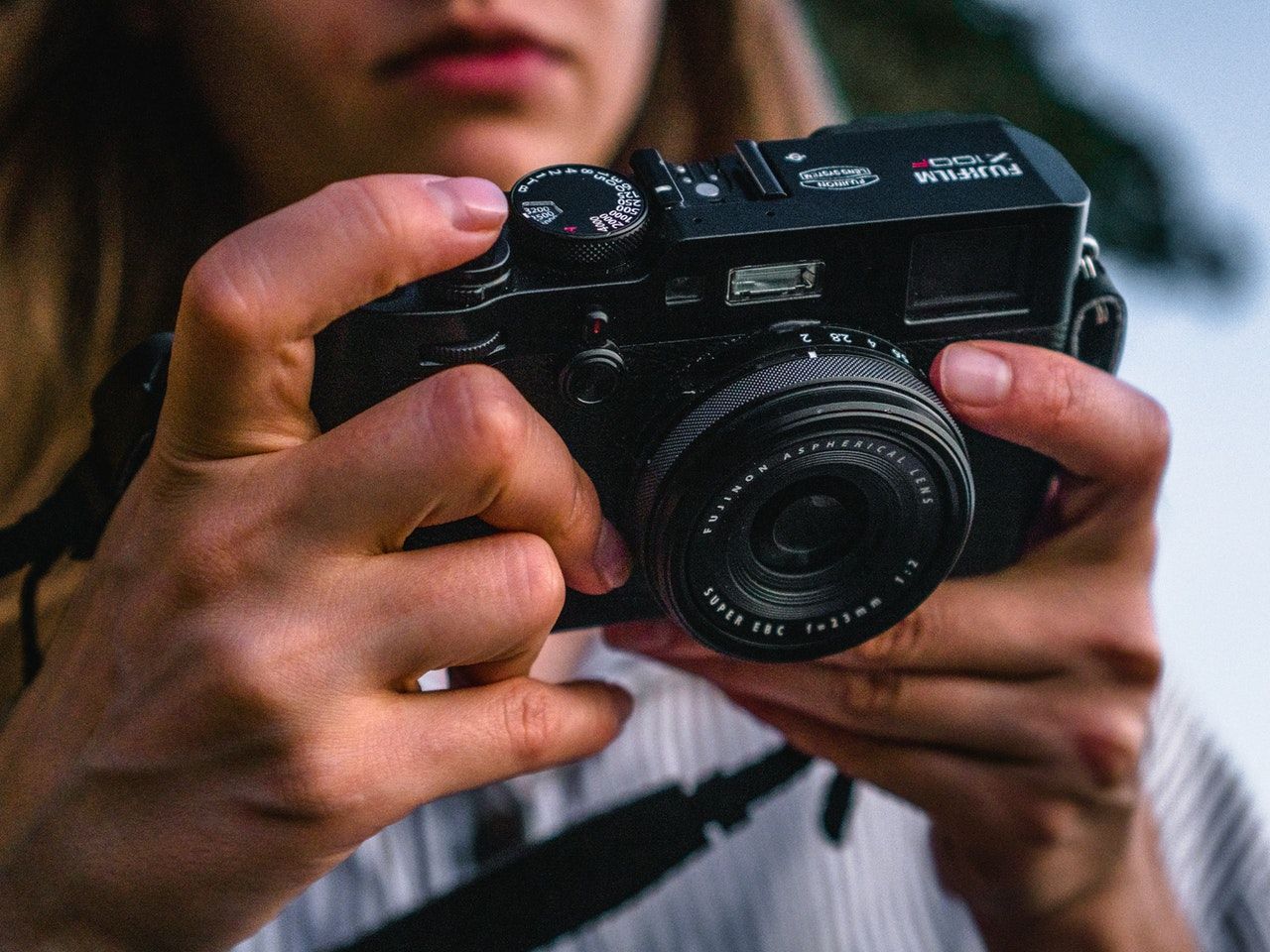
When you buy a Fujifilm camera, downloading the Camera Remote app onto your smartphone is a good idea. From here, you can upgrade your camera's firmware when needed.
Using Camera Remote, you can also see a live view of what you're shooting from your camera. If you're not too keen on the size of your Fujifilm camera's screen, this is a handy way of seeing what your subjects will look like.
Like with other camera makes, you can also transfer pictures to your phone without using a computer. Instead, you can select the photos you want to import—either on your camera or through the app—and transfer them directly. If you want to automatically send all pictures to your phone, you can also turn on Auto-Transfer.
Also, keep in mind that your phone needs to have Bluetooth switched on to use the Camera Remote app.
Download: Fujifilm Camera Remote for Android | iOS (Free)
3. Using the Touch Screen
If you've only used cameras with buttons in the past, you might find the Fujifilm touch screen frustrating at first. But once you get used to it, having both the touch screen and buttons is pretty handy.
You can use the touch screen to focus your picture, swipe through images, and more. If you don't like the feature, Fujifilm has provided an option to turn it off.
The mobility of your touch screen depends on the model you have. With some, such as the XT-30, you can't rotate your screen. Instead, you can only move it out, up, and down. But with models like the XT4, you have more options to move around.
4. Setting the Aperture
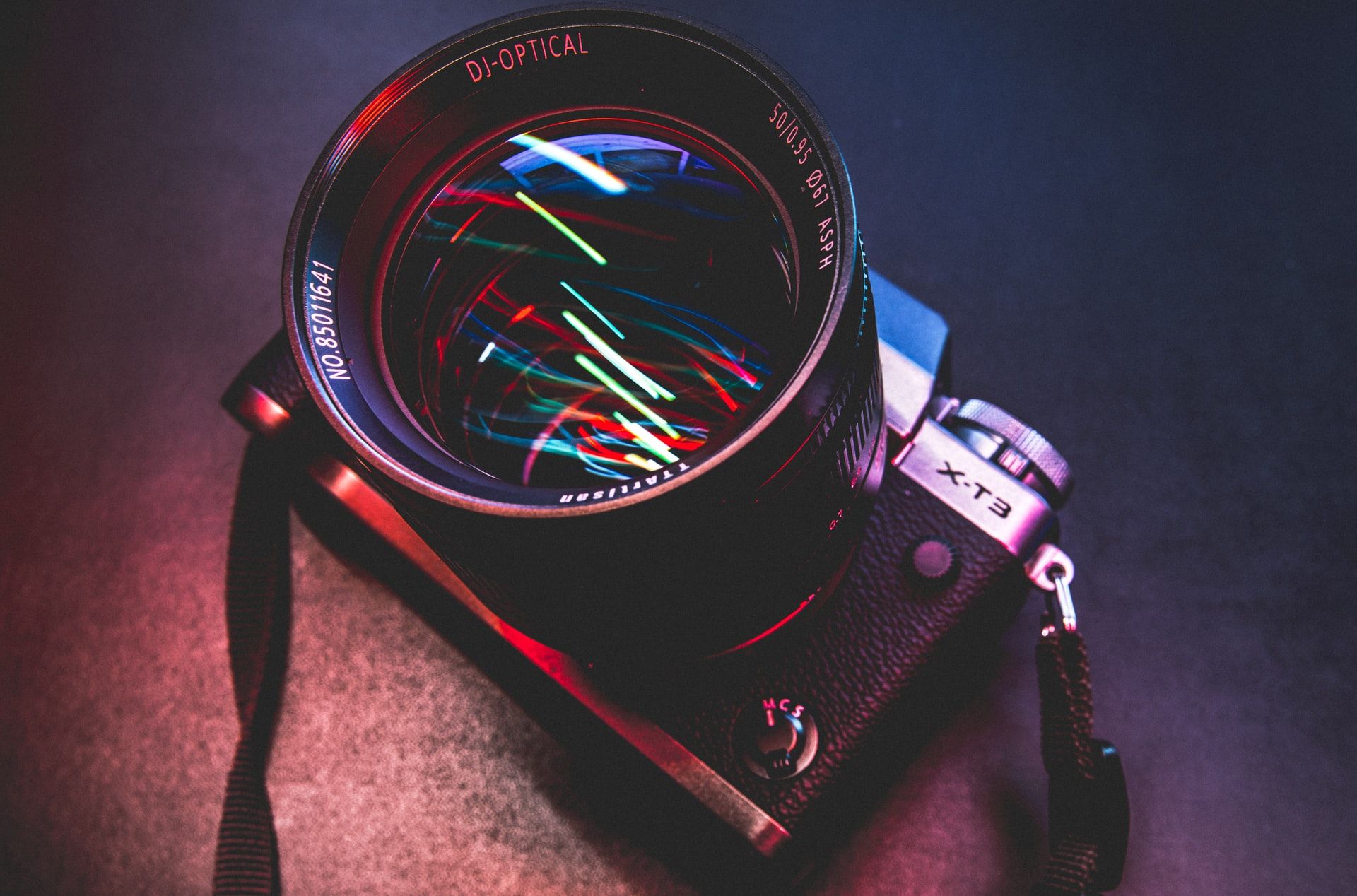
Aperture is one of the most important fundamental aspects of photography. When you have control over it, you can choose your depth of field and better customize the look of your image.
Many Fujifilm lenses have an aperture ring, where you can change the aperture without much difficulty. This is the ring closest to your camera; the other one is for zoom. All you need to do is rotate the aperture ring until you find what you're looking for.
However, not all Fujifilm cameras have an aperture ring. And if yours doesn't, knowing how to change your F-stop can sometimes be confusing. Luckily, you've still got options. You can customize how you change the aperture by holding the Disp Back button and changing each function.
5. Boost Mode
When you first unpack your Fujifilm camera, you might not have noticed Boost Mode. Put simply, switching this on will speed up the autofocus on your camera. As a result, you will find that you can take sharper photos with less difficulty.
Using Boost Mode will increase your frames per second (FPS) capability from 60 to 100. Turning on the mode will also reduce blackout times when you're taking photos in bursts.
Switching on Boost Mode is easy. On your camera's settings, scroll through until you find Power Management. Then, go into the Performance dropdown menu. If Normal is selected, pick Boost instead.
When using Boost Mode, remember that your camera battery is likely to drain quicker. So, if you're going for a long shoot, bringing extra batteries is a good idea.
6. Changing the ISO and Shutter Speed
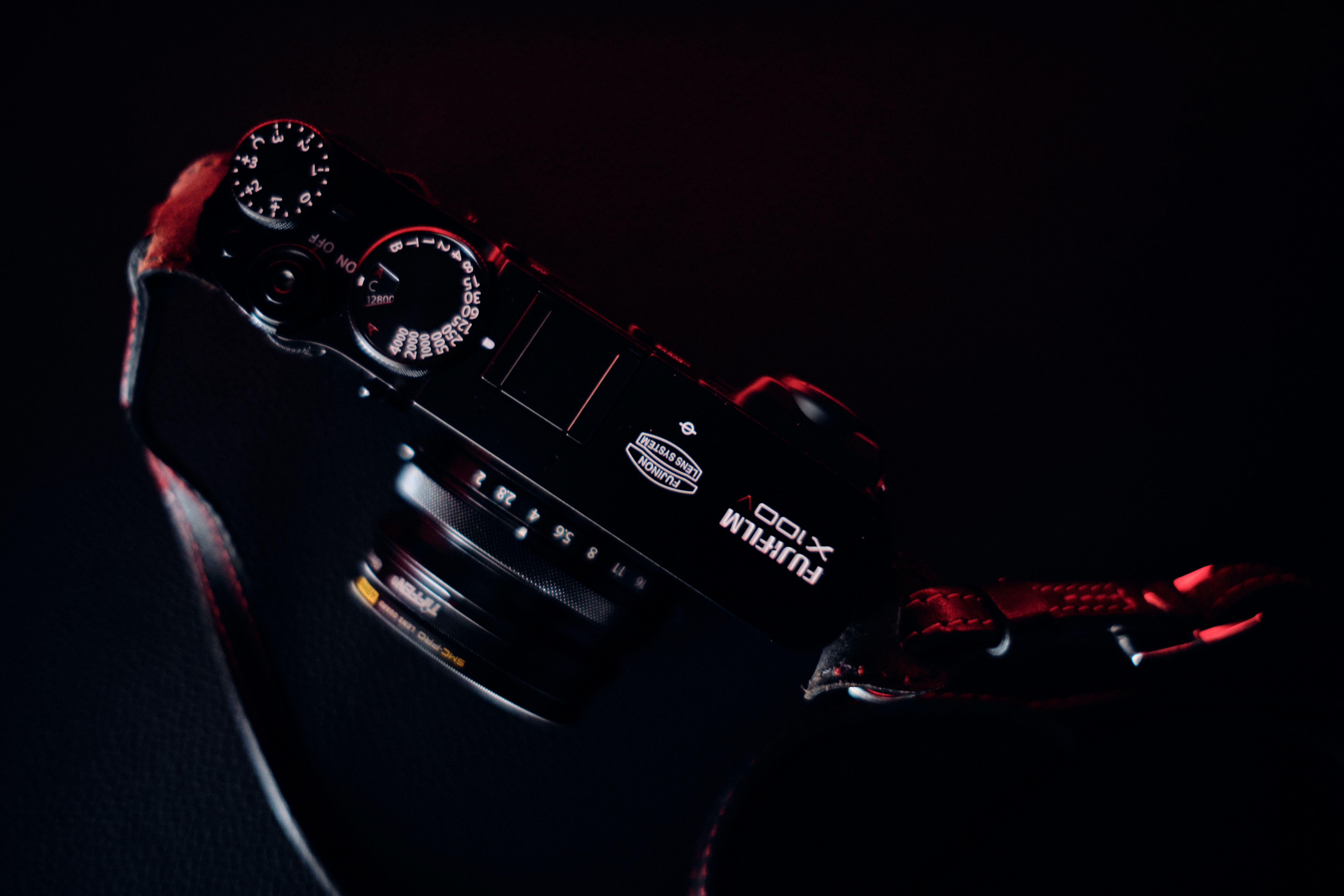
With your Fujifilm camera, changing the ISO and shutter speed is easy. For shutter speed, devices have a dial on the top where you can scroll through to find whichever one you're looking for.
If you're using your camera in Manual Mode, the number you choose at the top is the maximum you can choose. But you're not tied to this and can reduce it if need be.
As for changing ISO, you can adjust this on your camera, which is possible with either the front or back dial. Alternatively, you can go into the menu and either raise or decrease the number.
7. The Size
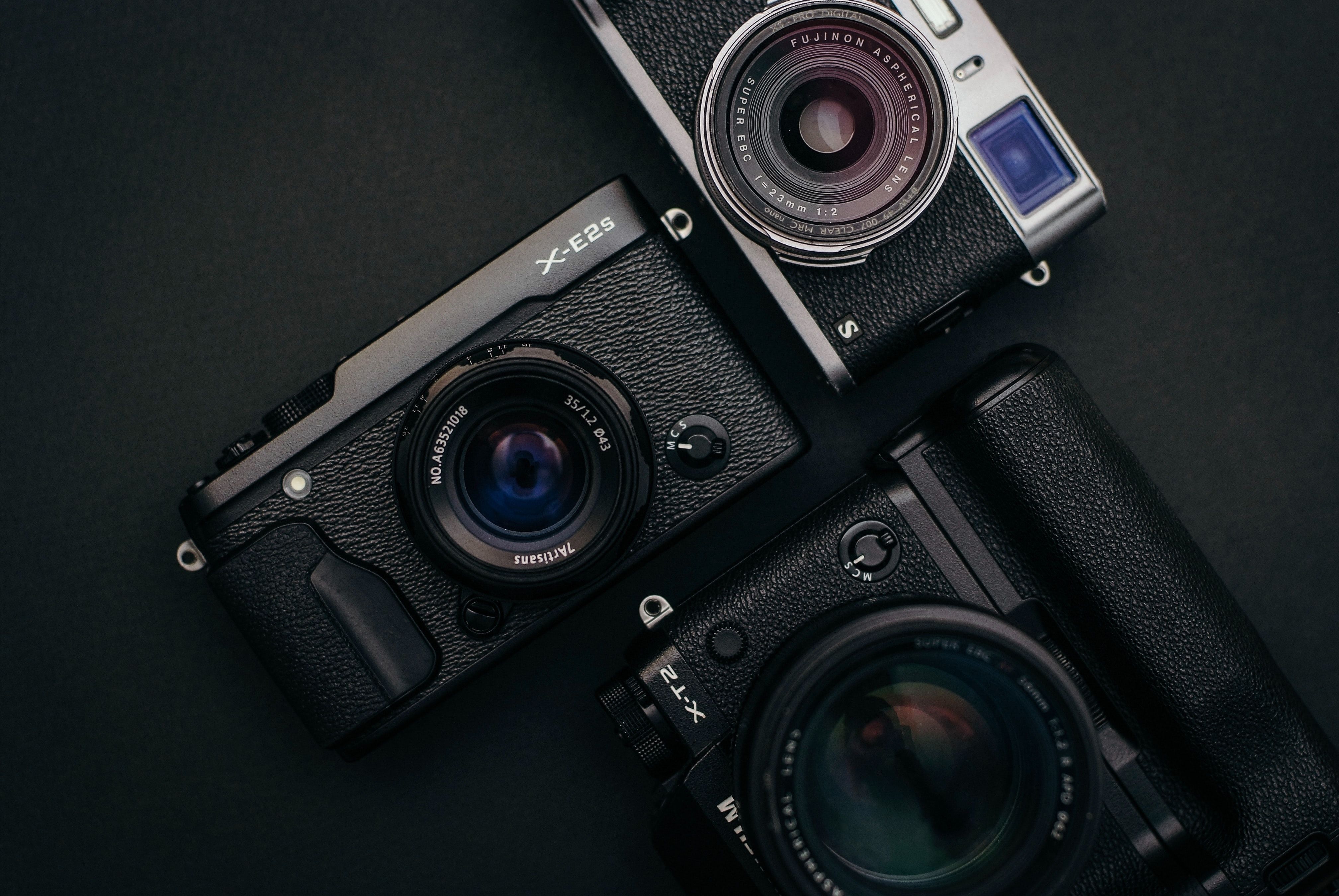
If you're used to a clunky DSLR camera, the size of your Fujifilm camera will take some time to adapt to. The cameras resemble point-and-shoot cameras in size, and their lenses are pretty small too.
The easiest way to get used to the size is by using it more. If you have big hands, this is especially important. Over time, your old camera will feel gigantic in comparison.
Beyond size practicalities when using the camera, the compact nature of Fujifilm devices makes them easy to carry around. You can fit it in your suitcase without difficulties, and the same goes for your backpack.
Understand Your Fujifilm Camera
Fujifilm cameras are versatile, serving hobby and travel photographers, as well as seasoned professionals. But they're a little different from other brands, and getting used to them may take a while if you haven't used one before.
In particular, you may need some time to adapt to the settings and the size. Once you have gotten used to both of these, though, you'll find your camera so enjoyable to use that you'll want to take more pictures.